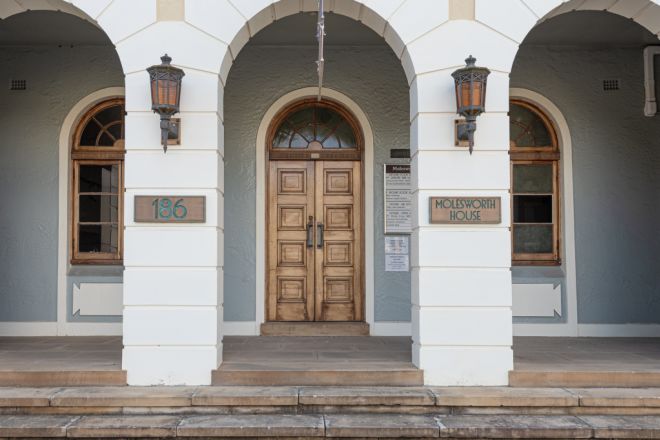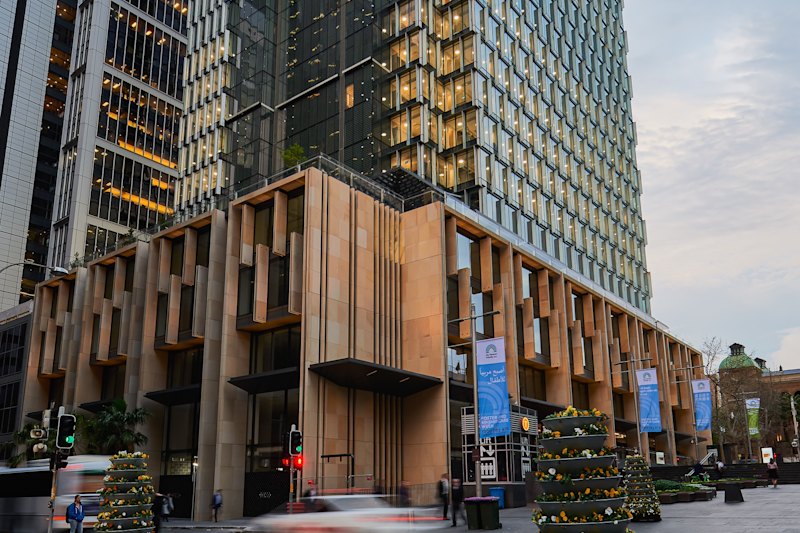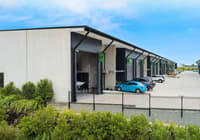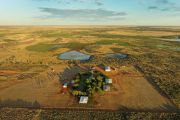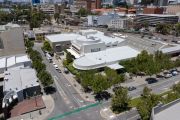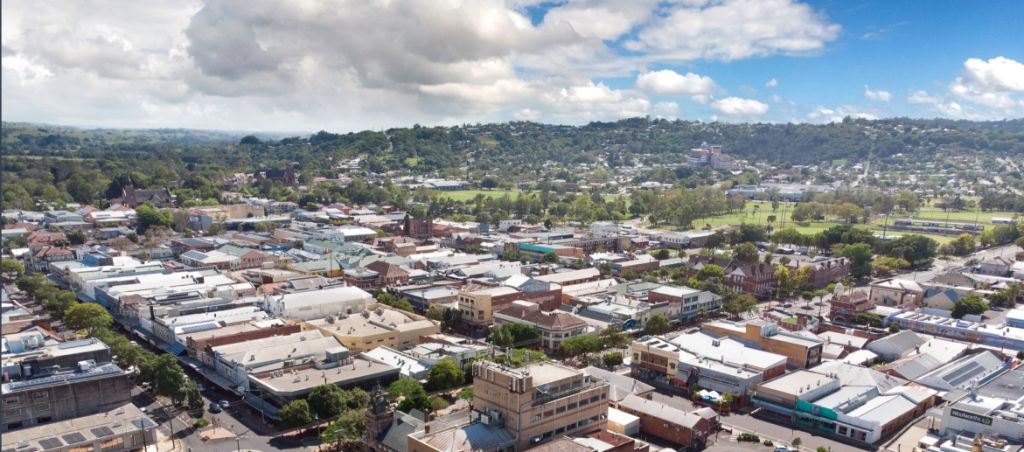
'We're here': Lismore's recovery one year on from devastating floods
One year on from the devastating floods in the Northern Rivers, Lismore’s main streets are stirring back to life.
The latest council audit of the town’s CBD reported a 60 per cent occupancy rate at the end of January, up from 38 per cent in August.
Newcomers have signed shop leases, beloved businesses have reopened with fresh paint and new furnishings, but others remain shuttered and empty.
“It’s a bit disjointed,” says Ellen Kronen, a local business owner and the president of the Lismore Chamber of Commerce. “Parts of [town] look completely normal and then you turn a corner, and things don’t look normal.
“The windows might still be dirty, there might be rubbish inside. Some of the places you walk past and you still get the whiff of flood mud.”
But in the face of extraordinary adversity, there is still hope in Lismore.
Kronen speaks of a young family who bought a fitness centre in town less than a month before the flood hit. “They’re back and have reopened,” she says. “It’s a real boost for the community because it would be easy to say, ‘I can’t afford to do that again.’ “
The Chamber of Commerce is tracking local businesses as they reopen. Of the 3000 that were operating in the wider Lismore area (which includes East, North and South Lismore) before the flood, Kronen estimates between 500 and 600 have reopened.
“I have a list that I update every day,” she says. “There’s a percentage of new businesses that have opened in Lismore. There are a whole heap more that are in various stages of reopening. And, I’m reluctant to put a number on it, but there are a significant number of businesses not coming back.”
Lismore was among the hardest-hit towns in last February’s disastrous weather event. The water reached 14.37 metres – two metres higher than the previous record.
The damage bill for the “rain bomb” that hit the east coast totalled $5.7 billion, according to the Insurance Council of Australia. However, many in Lismore’s flood zones didn’t have insurance, further hindering a recovery process that has proven excruciatingly slow for home owners, business owners and landlords. Some are still waiting for repair work quotes. Others are waiting for government buybacks. And everyone is waiting for news on long-term flood mitigation solutions.
In the aftermath, grants of $50,000 were announced for small businesses and, later, commercial landlords, helping to kickstart building repairs and pay for new fit-outs. But the demand for qualified tradespeople was so enormous across the entire region, wait times ballooned.
In challenging economic conditions, a string of Lismore properties that have been restored and refurbished are on the market.
“There is life in Lismore,” says Chris Harley, the director of North Coast Commercial Property and principal at Ray White Lismore.
“There’s probably stronger enquiry in the leasing sector rather than purchasing, but we’re still making some sales.”
Prices have dropped but it’s still too early to say by how much. “From a commercial standpoint, the market hasn’t reset itself yet,” Harley says.
A major test for the market is the sales campaign for Molesworth House, a two-storey landmark building dating back to the 1930s.
“The owner is restoring it immaculately,” Harley says. “As he’s been restoring it, we’ve been finding tenants. It’s about 80 per cent let.”
The 1442-square-metre block is listed for $1.55 million, returning a net income of about $150,000 if fully leased. “That is a very good return in any market,” Harley says.
In the Star Court Arcade, Ellen Kronen’s gift and craft store, Made in Lismore, has only just reopened its doors.
“My landlord was hoping I’d be in by October, then by Christmas and then January,” she says.
Kronen has mixed feelings about being able to reopen.
“I’m really happy so many businesses have been able to open,” she says. “Now we need everyone else back so we can get the business district humming again.”
Not only do local businesses serve their community, but local trade keeps the economy circling.
“We need businesses open so they can employ the local people,” Kronen says. “We need businesses open so people can spend money, so businesses can keep employing people.
“We’re here, and we’re wanting to get back to normal and welcome people into our stores.”

